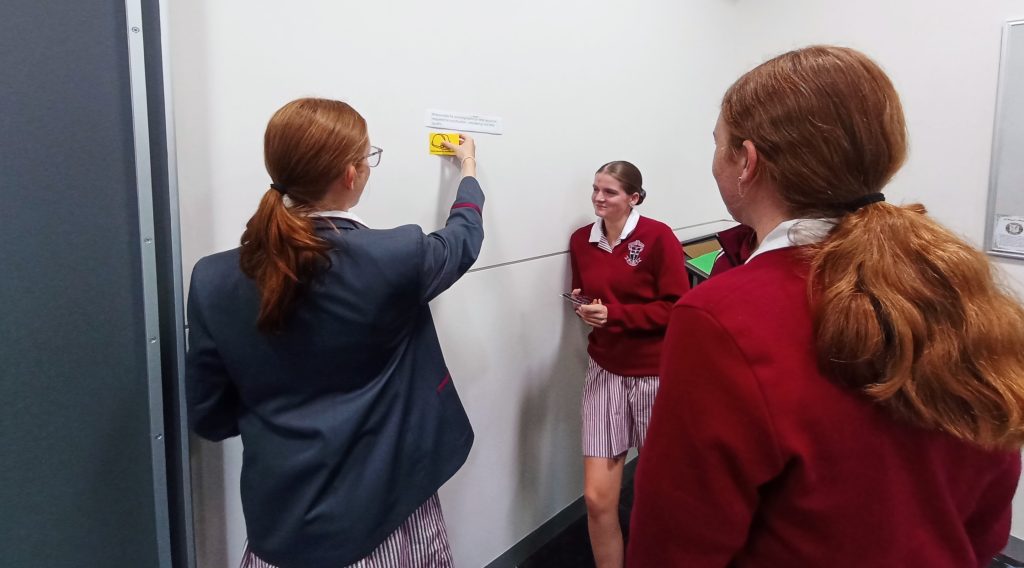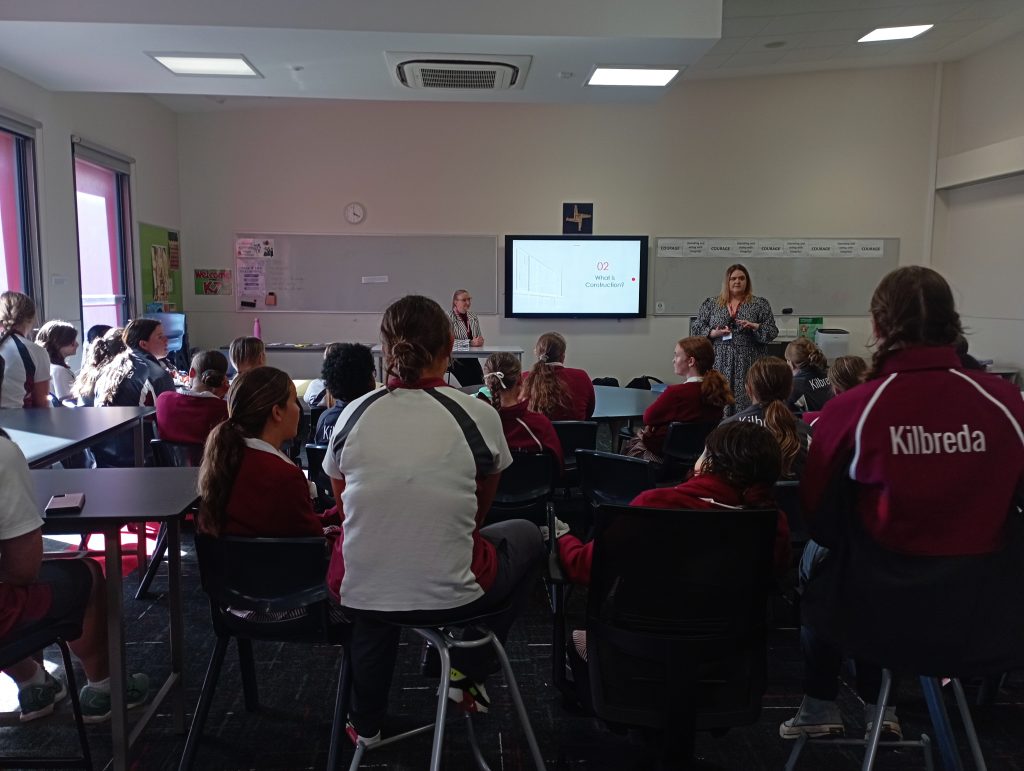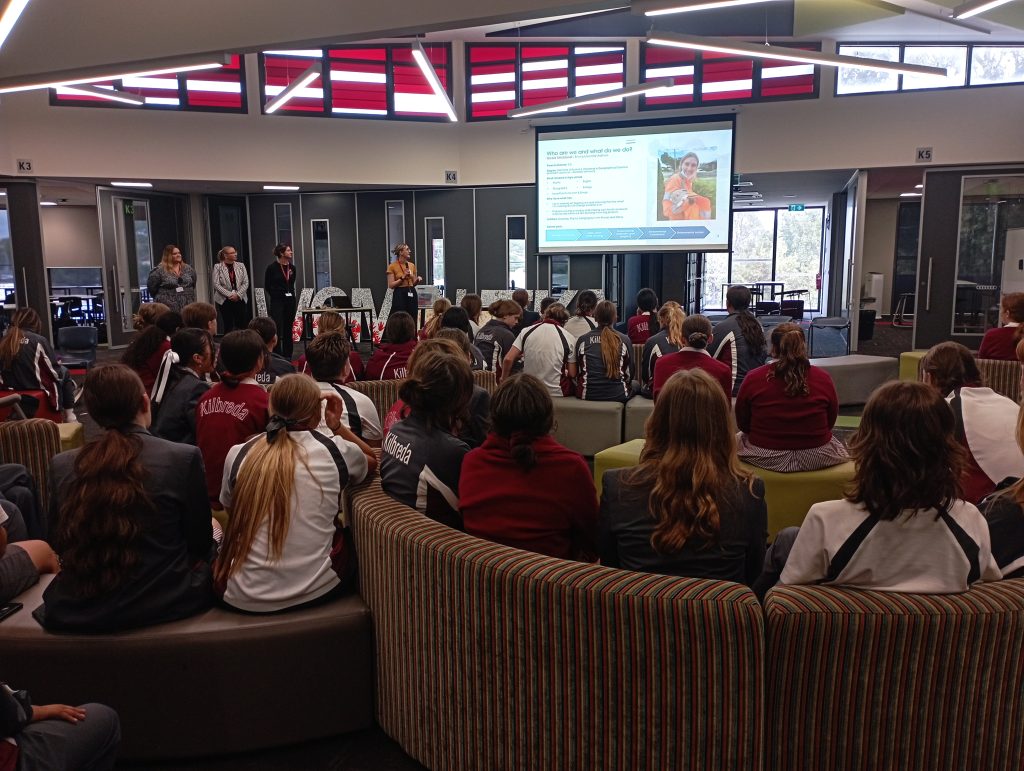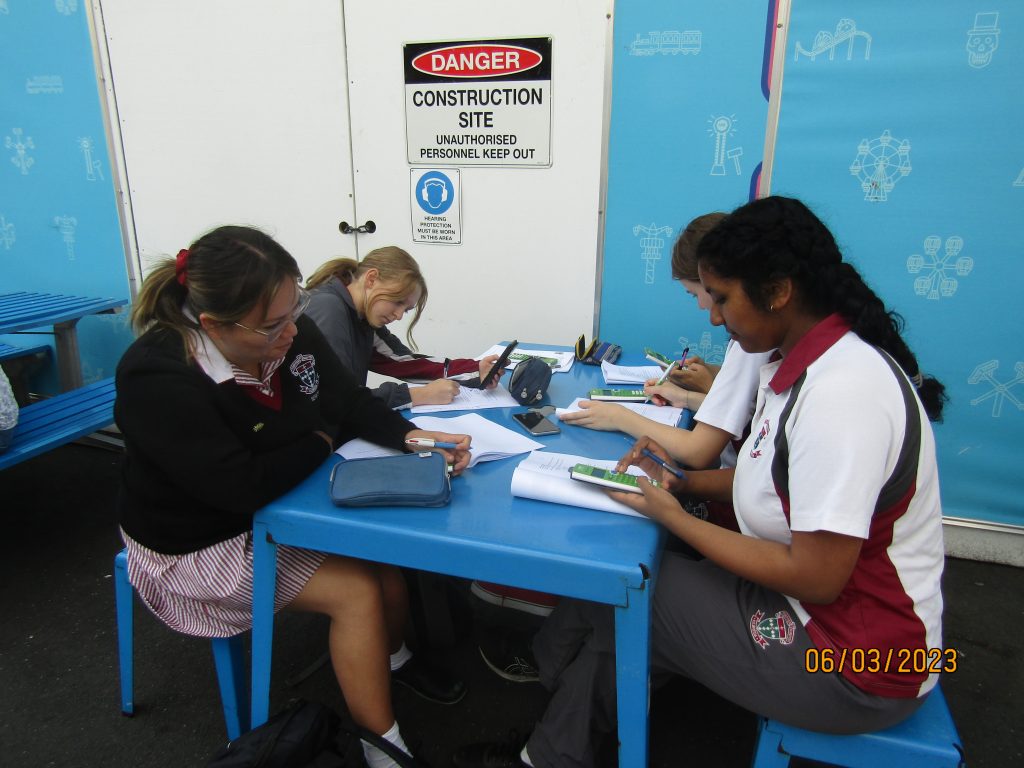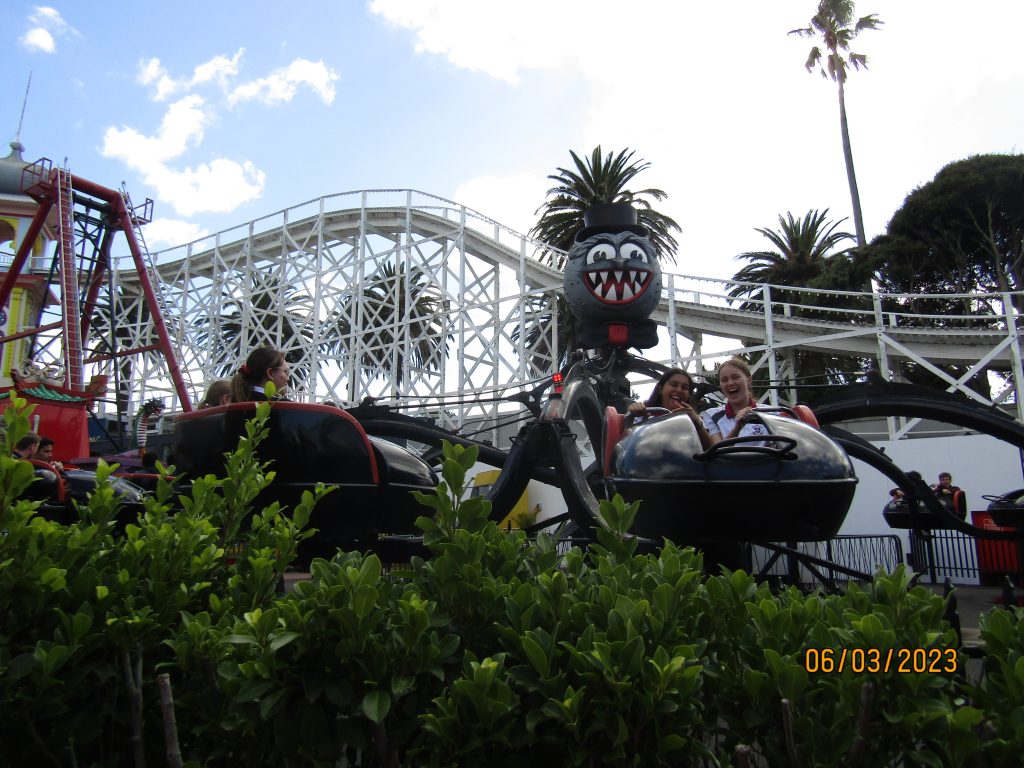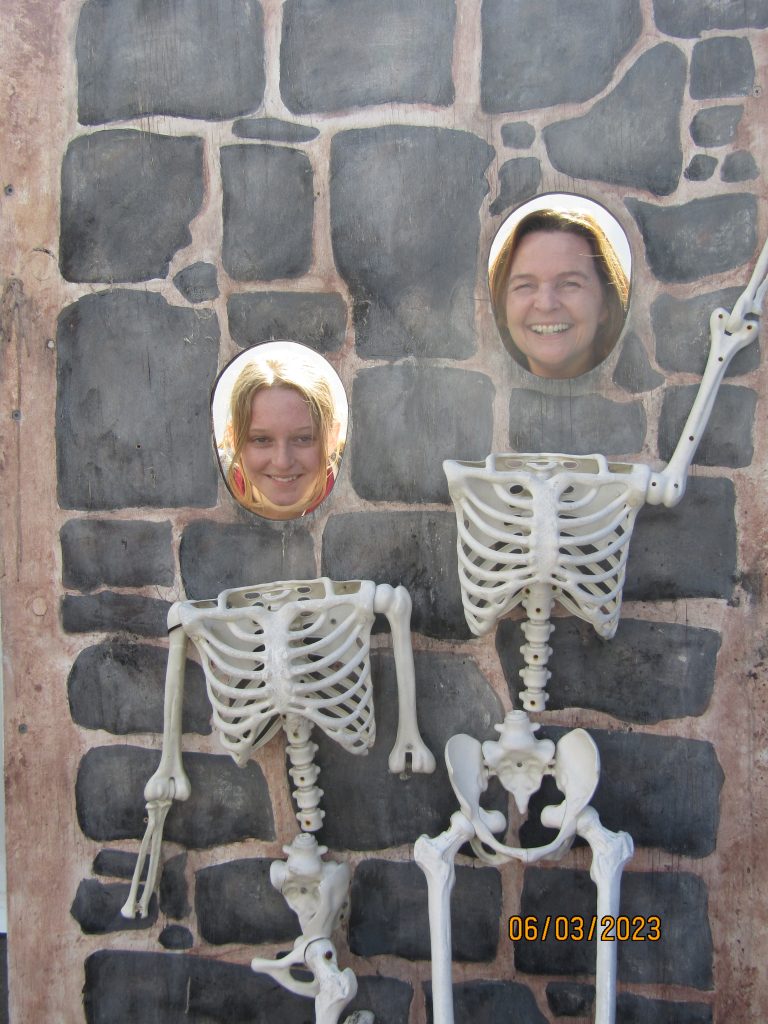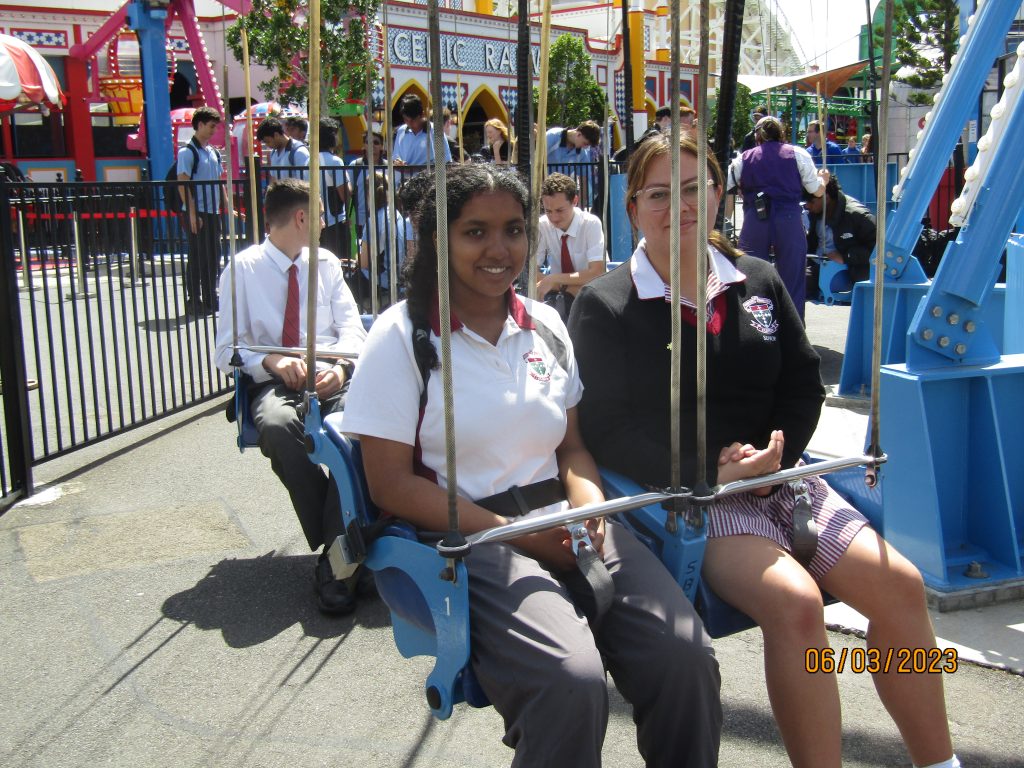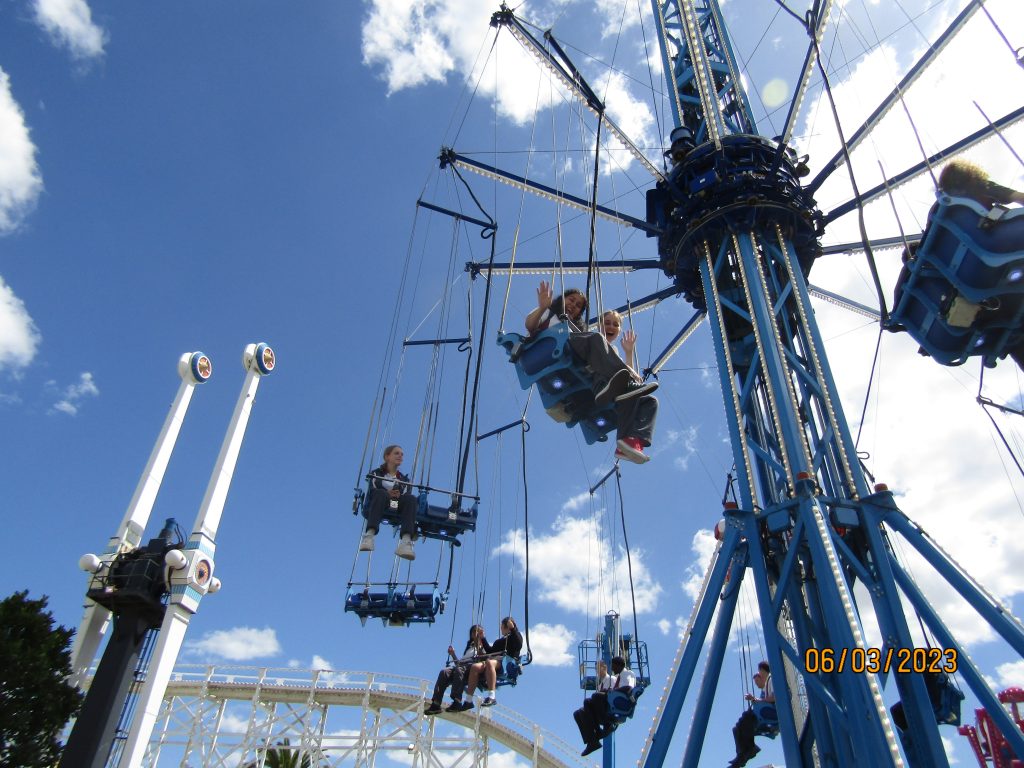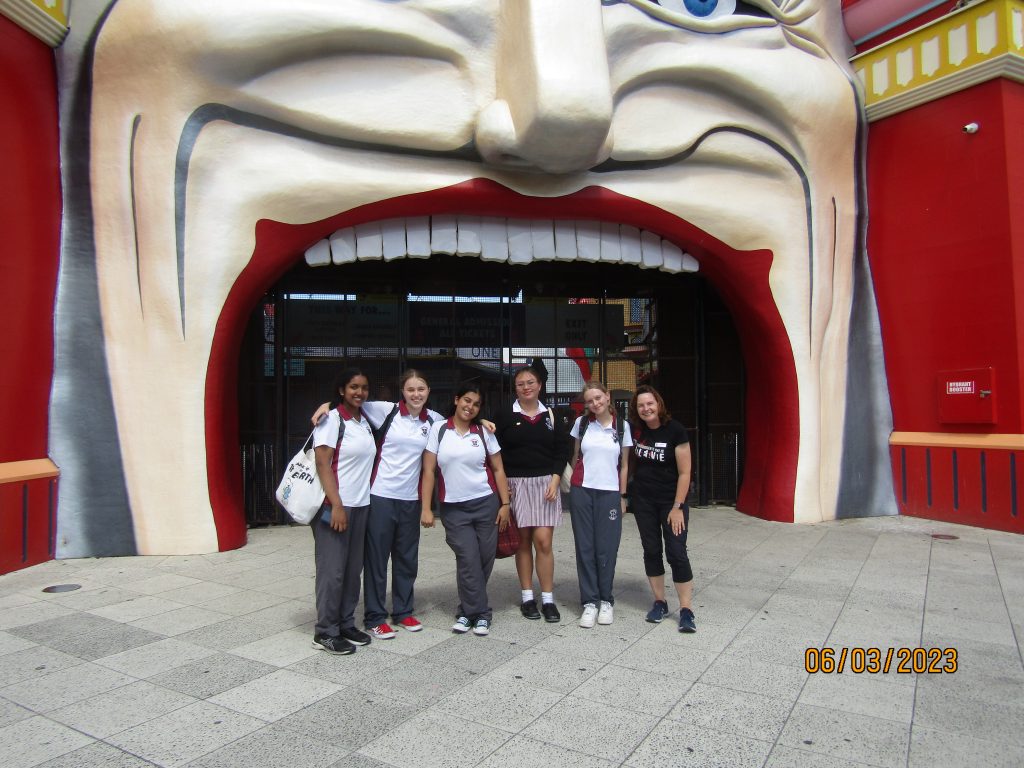Science
Inspiring STEM+ Programme Module One
On Wednesday 29 March, Kilbreda hosted Laing O’Rourke for our first module of the Inspiring STEM+ Programme. The theme of this module was construction. Students gained insights into the many different roles and career paths available to them in the construction industry.
Student Reflections
We did lots of activities during our first session which included a Q&A, matching jobs to their titles, and a fun game of charades featuring famous structures around the world. I really enjoyed each activity we did, as the panel was really engaging and always open to answering our questions about some of the structures they actually had worked on. They also talked more about the projects they are currently working on, which are in the design process. These projects will improve public transport for all Melbournians, which is really exciting.
Eliza Skorin
Year 9
I really enjoyed the first Laing O’Rourke STEM+ Programme module, as it had a panel of people that were part of the company talking about what it’s like to work in construction. They answered any questions we had for them including what the requirements were to get into this field, if there’s travel involved and what it’s like working with different people. It helped me understand more about this area and encouraged me and my peers to look into it in the future.
Amira Bird
Year 9
Luna Park Excursion
A huge thank you to Mrs Jacinta Devlin who accompanied the Year 12 Physics class to Luna Park to apply concepts learned in class such as gravitational potential energy, spring potential energy, momentum, and friction.
Student Reflection
On Monday 6 March, myself and the Year 12 Physics class went to Luna Park to experience the motion that we had been studying in class. We first rode the ‘Pirate Ship’, Ms Devlin’s personal favourite, and then made our way over to the ‘Spider’. Onboard the ‘Spider’, we DEFINITELY experienced a lot of forces! While the ride caused dizziness and was too much for some, we ended up riding the ‘Spider’ twice more throughout the day. I think most of us would say this was the highlight!
Throughout the rest of the day, we rode the ‘Scenic Railway’, the ‘Supernova’, the ‘Coney Tower’ and the ‘Speedy Beetle’ and progressed through parts of our workbook. Experiencing the forces that we had otherwise only ever calculated on paper was fantastic and provided great examples for us to apply our knowledge.
Emily Cox
Year 12

Monash Motorsport Experience
Students in Years 7 and 8 were invited to participate in the 2023 Monash University and Motorsport Australia Experience which took place in March. The goal of the day was to spark an interest in STEM, with presentations from Monash University, Motorsport Australia and Monash Motorsport, an internationally competitive student team that designs, manufactures and competes with formula style race cars in Australia and overseas. This was followed by various interactive activities with a variety of student teams from Monash and finished with lunch and a live driving demonstration of Monash Motorsport’s newest car, the M22.

Student Reflection
The first activity of the day was robotics where we were split into groups of four and had the chance to code a Lego Robot and taught it how to sense light. Once we were done, we Sumo Wrestled with the other groups. Our next activity was HPR (High Powered Rocketry), where we created a rocket out of paper and used air to blast it upwards. Mine flew the furthest and I got a badge for it! Our third activity was driving a car in a simulation and we got to see different parts of a car. We also learnt how they use 3D printing to make parts of a car using aluminum, titanium and carbon fibre.
We later had a lunch break and then got to see racing cars that former students had built in action, both an electric and petrol car. Our fifth activity was MHP (Monash Human Power), which used 3D printing to create a bike. We got to use 3D printing to create a name tag, although we sadly didn’t get the chance to print it. Our last activity was drones where we chose what to pack on the drone and how to deliver it if a person was hiking and had sprained their ankle.
Kayleigh Loo
Year 7
In the Wild World of Science…
Our Year 10 Evolving Life and Matter classes are just finishing up their study of Evolution, where students learn about how, through the process of natural selection, species adapt to be better suited to their environments over time. In class, students completed a practical investigation which involved choosing several antimicrobial substances to see which had the greatest effect on E. Coli bacteria. Through natural selection and evolution, the rise of ‘Super Bugs’ (bacterial strains resistant to multiple antibiotics) are a growing problem. Students applied their knowledge of natural selection to explain how antibiotic resistant bacteria arise and become more prominent in healthcare settings due to the overuse of antibiotics.

A recent article published in the Journal of Investigative Dermatology reported that scientists have found an antibiotic-free way of treating Golden Staph skin infections. In this study, scientists utilised endolysins, molecules that are naturally produced by bacteriophages, viruses that infect bacteria. These molecules break down scaffolds in the bacterial cell wall, destroying the bacteria from the inside. Antibiotic resistance was the third leading cause of death worldwide in 2019, so it is imperative that new treatments such as this are found to curb the overuse of antibiotics.
To learn more about the rise of antibiotic resistant superbugs and new treatments being explored, see below



